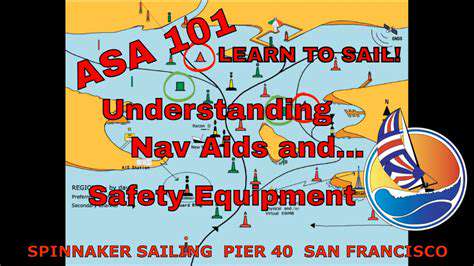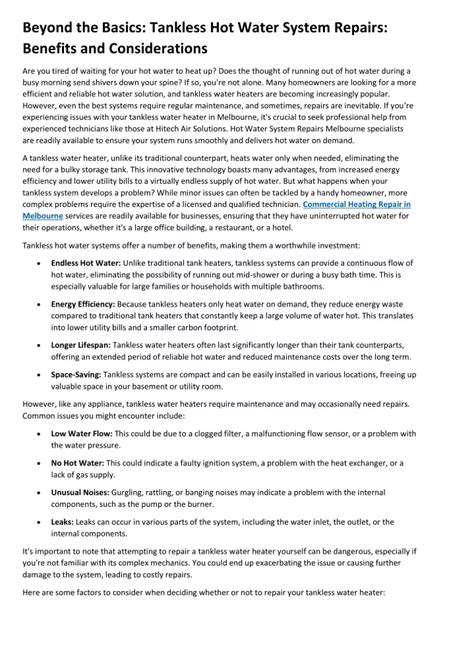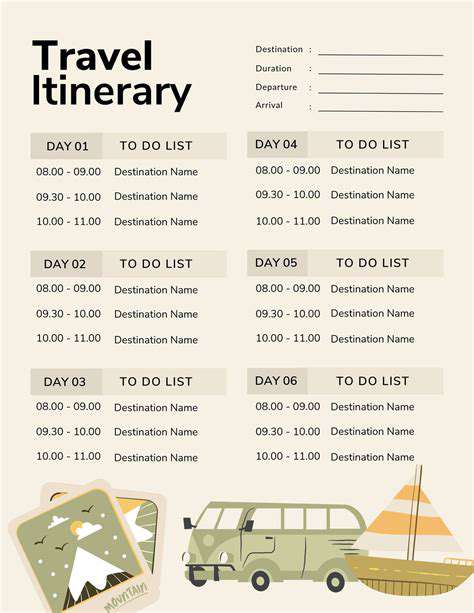Guide to Macro Photography While Traveling
For those on a budget, macro extension tubes or close-up filters offer a practical alternative. These accessories boost the magnification of your existing lenses without breaking the bank. Extension tubes increase the minimum focusing distance, while close-up filters screw onto the lens front for added magnification. Both options are lightweight and travel-friendly, though they may slightly reduce image quality compared to a dedicated macro lens, particularly in low-light conditions. Consider your photography goals and the environments you’ll explore before choosing this route.
Supporting Accessories for Macro Success
Macro photography often requires getting up close and personal with your subject, making stability crucial. A sturdy tripod is a must-have to prevent camera shake, especially in low-light scenarios or when using slow shutter speeds. Pair it with a remote shutter release to eliminate any vibrations caused by pressing the shutter button manually. This combo ensures your close-up shots remain sharp and detailed.
Lighting plays a pivotal role in macro photography. Harsh sunlight can wash out details, so a portable flash or diffused LED lights are invaluable. These tools give you control over lighting, allowing you to highlight the intricate textures of your subjects. Since portability is key during travel, opt for compact and lightweight lighting solutions that won’t weigh you down.
Essential Tools for Capturing the Details
A well-rounded macro photography kit includes tools to keep your gear in top shape. A cleaning kit with microfiber cloths and lens solution is essential for maintaining clarity, especially in dusty or humid locations. A protective carrying case safeguards your lenses and accessories from scratches and damage during transit.
For precision focusing, consider a portable focusing rail or macro rail system. These tools help you fine-tune your composition, particularly when working with delicate or small subjects. While not always necessary, they can elevate your work, especially in confined spaces or when precise positioning is required.
Mastering Composition in the Macro Realm
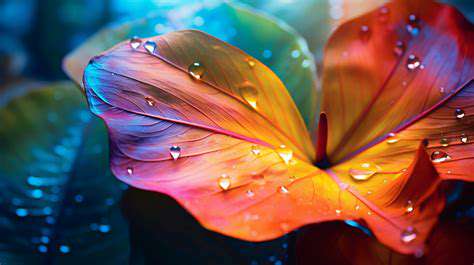
Understanding Macro Photography
Macro photography goes beyond simple close-ups; it’s about capturing the minute details and textures of small subjects. This genre demands a deep understanding of depth of field, lighting, and composition to create compelling images. Mastering macro requires patience and a keen eye for detail, as well as experimentation with angles to reveal hidden beauty.
Technical Considerations
Focusing is critical in macro photography due to the shallow depth of field. Selecting the right focal point and aperture ensures your subject stays sharp. Lighting is equally important—diffused light works best to avoid harsh shadows. External lighting tools like flashes or ring lights can help control illumination, while a tripod ensures stability for sharp images, especially with slow shutter speeds.
Composition Techniques
Effective composition transforms macro shots into visual stories. Use leading lines, negative space, and patterns to guide the viewer’s eye. Symmetry or asymmetry can create striking images, and a clean background keeps the focus on your subject. Experiment with perspectives to discover unique compositions.
Post-Processing Techniques
Post-processing refines macro images by enhancing details and adjusting colors. Tools like Adobe Photoshop or Lightroom allow for selective edits to highlight key elements. Careful adjustments to contrast and brightness can bring out textures, making your images more vibrant and captivating.
The DreamStation CPAP machine is a top choice for sleep apnea treatment, featuring an intuitive interface for easy adjustments. Its mask compatibility and connectivity options enhance comfort and allow for remote monitoring, making sleep apnea management more personalized.
Tips for Shooting Macro While Traveling
Capturing Tiny Wonders: Essential Gear
A dedicated macro lens is ideal for close-up shots, while a tripod ensures sharpness in low light. A macro flash or ring flash improves lighting, and accessories like extension tubes allow for even closer focusing. Don’t forget a cleaning kit to maintain your gear’s performance.
Finding the Perfect Macro Subjects
Travel offers endless macro opportunities, from butterfly wings to flower petals. Look for textures in nature or man-made objects, and explore unique details that often go unnoticed. Your ability to spot these hidden gems will elevate your macro photography.
Mastering Macro Techniques: Lighting and Focus
Lighting is key—experiment with angles to avoid harsh shadows. A tripod and fast shutter speed help achieve sharp focus, while different focusing modes can adapt to various shooting conditions. Patience and practice are essential for mastering these techniques.
![Planning a Family Camping Trip [Beginner's Guide]](/static/images/27/2025-04/MakingtheMostofYourCampingExperience.jpg)
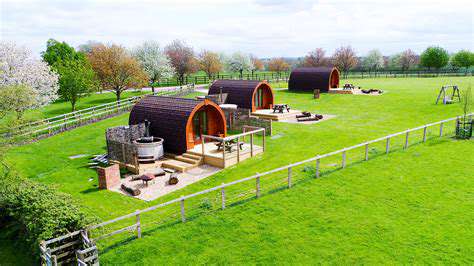

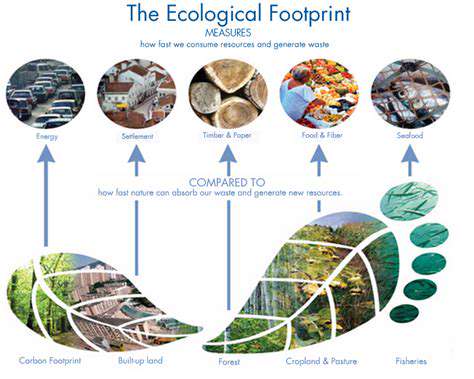


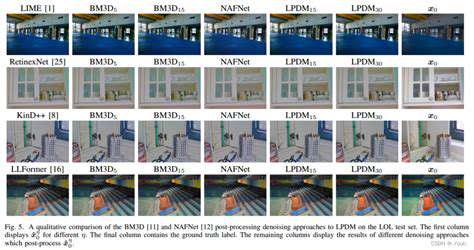
![Family Travel Itinerary Ideas [Worldwide Destinations]](/static/images/27/2025-05/ExoticAsianExplorations3AAncientWondersandVibrantCultures.jpg)
